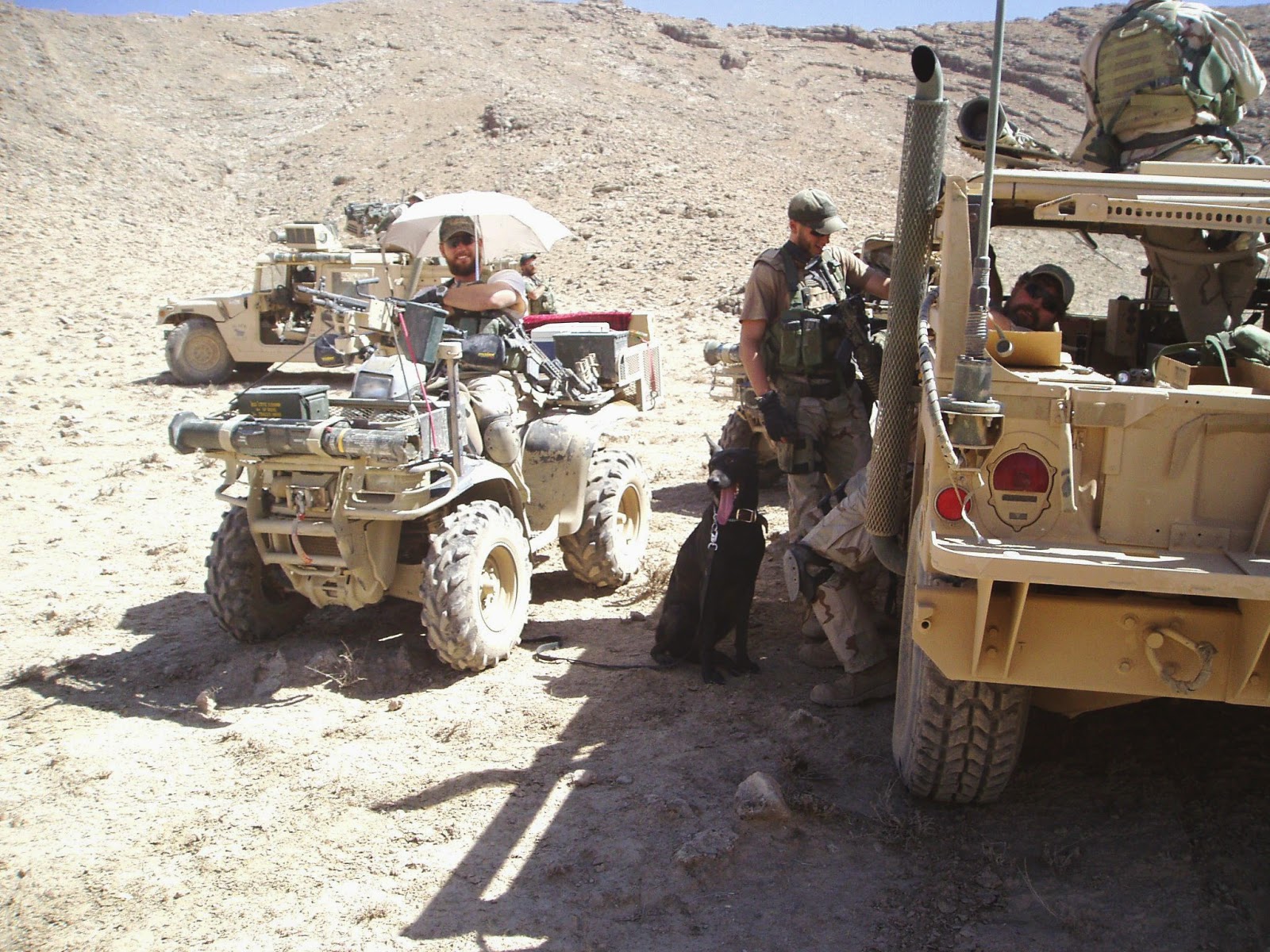E collar training, or as some
erroneously call it, a shock collar, is an outstanding tool that can
drastically cut the time needed to train dogs in a myriad of training
scenarios. These devices have come a very long way from the first ones seen in
the 60’s which were first used by trainers of bird dogs. These trainers had to
be able to correct their dogs at distances of a mile or more. At that time they
were either ON or OFF, produced a lot of power, and did not have selectable
power settings as we have today. Today’s modern collars offer varying levels of
stimulation starting with barely perceivable and adjustable to higher levels
and vibration only. Most have a momentary button for a short stimulation and a
continuous one that produces stimulation as long as the button is held down
(most have an auto cut off at 10 seconds of so).
E collars ARE NOT used as a torture device and are not to be used until a
thorough understanding of the do’s and don’ts are mastered. This is only an
introduction. The proper use of these devices cannot be adequately covered by
this short article.

RULE # 1. Use the smallest amount of stimulation that your dog can perceive.
All brands of collars are different and all can produce different levels of
power for the same setting (1, 2, 3, etc). How do you decide what level your
dog needs? I use it on myself touching the probes of the collar to my inside
forearm while on the lowest setting, but that’s just me. I do so to get a feel
for the stimulation level of every new collar, especially each new model I buy.
I’m not recommending everyone do this. Position the collar on the dog. It must
be tight so the probes make contact with the skin, not the hair. With the
collar on its lowest setting push the “momentary” button which will produce
stimulation of less than a second. This is called a “nick”. Did the dog turn
his head? Did he look around like “what was that”? If so, that’s where you
begin and will most likely be all you need unless you find the dog in a
training scenario where his distraction level is so high a higher setting may
be needed. If there was no reaction at all you may need to go to the next
higher level.
Rule # 2. Proper timing is essential so that the dog will understand what caused
the sensation he feels. Stimulation used too soon or too late will do nothing
but confuse the dog. An example of proper timing would be teaching your dog to
come to you. I do this with a long rope snapped to his collar. When he’s walked
as far from me as he can I push the continuous button. I then immediately pull
the rope while giving the “here” command. The INSTANT the dog starts towards me
I release the button. The dog will soon understand he turns on and off the
stimulation he feels with his behavior. In record time he will understand if he
starts towards me when he first hears the command he will never even feel the
stimulation.
Rule # 3. See rule #1. Also, read more in depth literature on the subject. E
collars are outstanding pieces of equipment that greatly enhance training for
many dogs but your training can regress by weeks or even months if not properly
used.
NOTE: Not all dogs can be trained with the help of an E collar although the
vast majority of them can. The dogs that can’t be helped with an E collar are
on each end of the spectrum with “soft” dogs on one end and aggressive ones on
the other. Too soft of a dog and he can totally withdraw from any training.
Inappropriate use of a training collar on an overly aggressive one (
protection dogs for sale) and the
trainer could be taking a trip to the ER for stitches.


.jpg)



